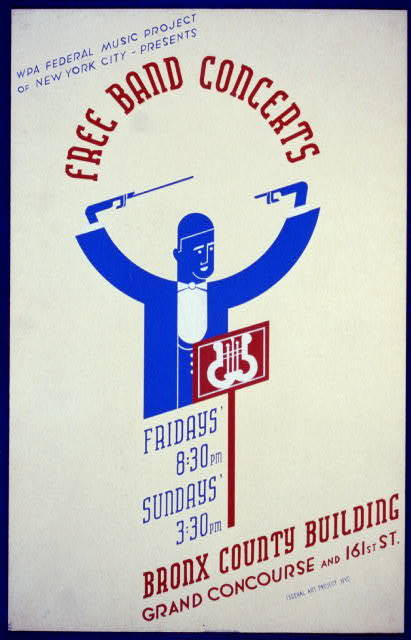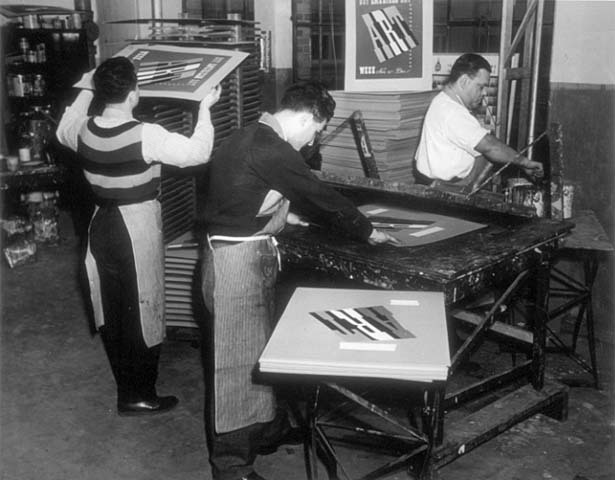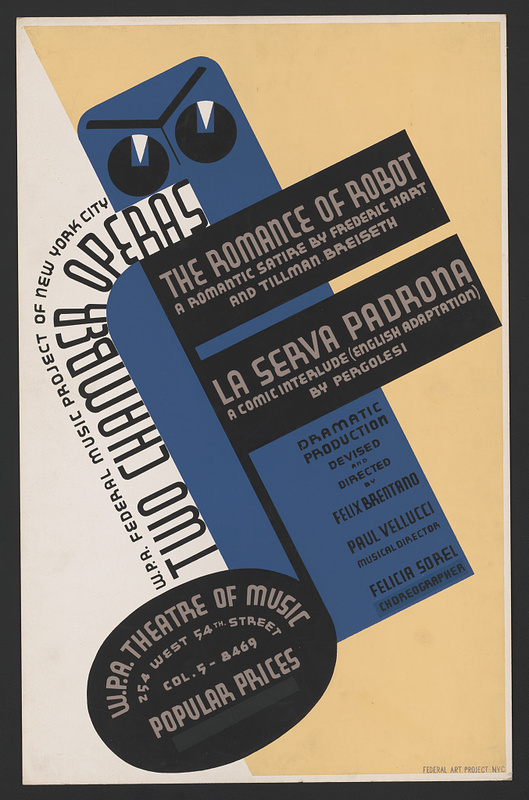WELCOME!
Content
Remembering Relief captures efforts in the 1930s by the Works Progress Administration to support unemployed musicians and stimulate public interest in music through the Federal Music Project. The WPA operated under President Franklin Roosevelt’s New Deal with the purpose of bringing jobs to Americans struggling during the Great Depression. Under the WPA, the Federal Arts Program employed actors, writers, artists, and musicians through specific federal projects. In many instances, these projects worked together; for example, Federal Art Project artists would design and print posters advertising concerts and music courses for the FMP. Programming included symphony orchestras, chamber music, operas, concert bands, jazz bands, Black Spirituals, swing bands and educational classes.
One of the criticisms of the FMP, and specifically of director Nikolai Sokoloff, was the emphasis on Eurocentric standards of musicianship. Sokoloff, a prominent violinist and conductor of the Cleveland Orchestra, was musical director from 1935 until 1938. Although a skilled musician, Sokoloff held controversial ideas on what the FMP should offer and what constituted “good” music. His opinions often clashed with the reality of many local concerts and shows that reflected the neighborhoods in which they occurred, mostly featuring popluar music. Indeed, some of the most well-attended performances were of artists that represented the local social and cultural communities, specifically those of famed celebrity Juanita Hall and her various choral groups.
Scope
This collection consists of eight graphic posters, four black-and-white photographs, and two audio recordings from 1935 until 1941. The main focus is the posters, all taken from the Library of Congress's Prints and Photographs Division. The photographs and audio clips serve as contextual media to enable a more multidimensional experience.
The four black-and-white photographs were taken from the National Archives, the New York Public Library Schomburg Center for Research in Black Culture, and the Library of Congress. The two audio recordings were extracted from the WNYC Archives and include radio broadcasts of the Composer’s Forum Laboratory and of a performance featuring several Black choral groups.
Context
I choose this topic in light of the COVID-19 Pandemic's devastating impact specifically on performing artists. The prospect of finding work for many musicians is still bleak, even one year following global shutdowns. Without significant federal assistance, individuals and communities will continue to struggle, and the world of performance may never look the same.
Almost a century ago, the federal government stepped in to support musicians eager for work; the irony of the differing yet comparative situations of past and present does not go unnoticed. Why isn't the government sponsoring groups, musicians, and education like it did in the 1930s? Surely the need is even greater today, and the fact that this has already been done must serve as evidence that it can happen again.
That being said, the last thing I want to do is paint the New Deal as the end-all savior for all people. This was undoubtedly not the case, and it is critical to place these programs within the broader context of the country’s violent past and present towards Black folks, People of Color, and peoples of numerous and unique Indigenous tribes. Many consequences of the New Deal’s racist laws still affect Communities of Color today, like the use of redlining to gentrify neighborhoods and displace people. The Federal Music Project was no exception.
Although all-Black shows were some of the most popular events offered by the FMP, Black artists were not paid on the same scale as whites. And though Juanita Hall and other Black performers became some of the most successful celebrities throughout these programs, they often found themselves stereotyped and othered by white broadcasters, reporters, and listeners.
So while I would like to see federal assistance specifically offered to musicians today, I wonder what that would look like in our current reality where the pandemic disproportionately affects Black folks, People of Color, and peoples of numerous and unique Indigenous communities.
- Sarah Cuk, M.S.L.I.S., Pratt Institute, 2021


